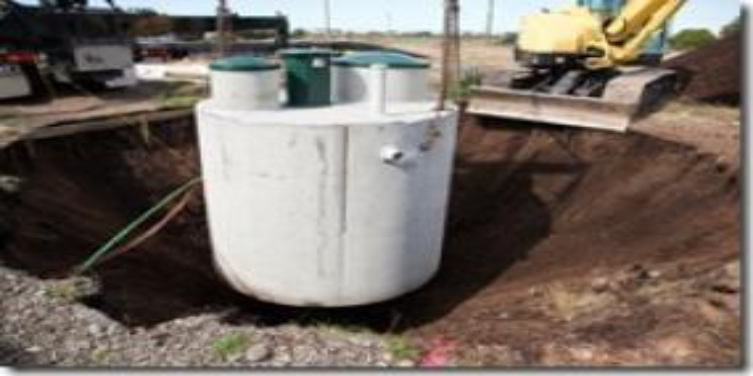
A septic system consists of two basic components: The tank and the drain field. Sewage and wastewater flow from the house and collect in the tank, where they separate into layers. Sludge and solid matter sink to the bottom, and oils, grease, and other light matter drift to the top. This top layer is usually called “scum”.
As the system fills, wastewater flows from the primary tank and into the drain field, which can take any of three forms. Trench drain fields are the most common among newly constructed houses. In the trench system, wastewater flows from the septic tank to a distribution chamber, and from there into a series of long perforated tubes that extend out into the soil. As the water slowly makes its way from the tank to the chamber, into the tubes, and through the perforations, it mingles with the soil and soil bacteria that break down the particles and clean the water of all harmful microbes and pollutants.
The other two formats (called the sand mound and seepage pit) have different configurations, but they operate on the same concept. All three formats send wastewater into the soil slowly, allowing enough time for beneficial bacteria to break it down.
Unhealthy septic systems display similar symptoms. A soft or boggy quality of the soil around a septic system can be a sign of trouble. So can backups in sinks, appliances, and toilets. Another key indicator of septic system malfunction is odor, either inside the house or outside in the yard. Healthy septic systems have no discernable smell.
If you recognize odor, swampy soil, drain backups, or all three, call Mr. Rooter right away. A simple fix now can save considerable trouble and expense down the road.

